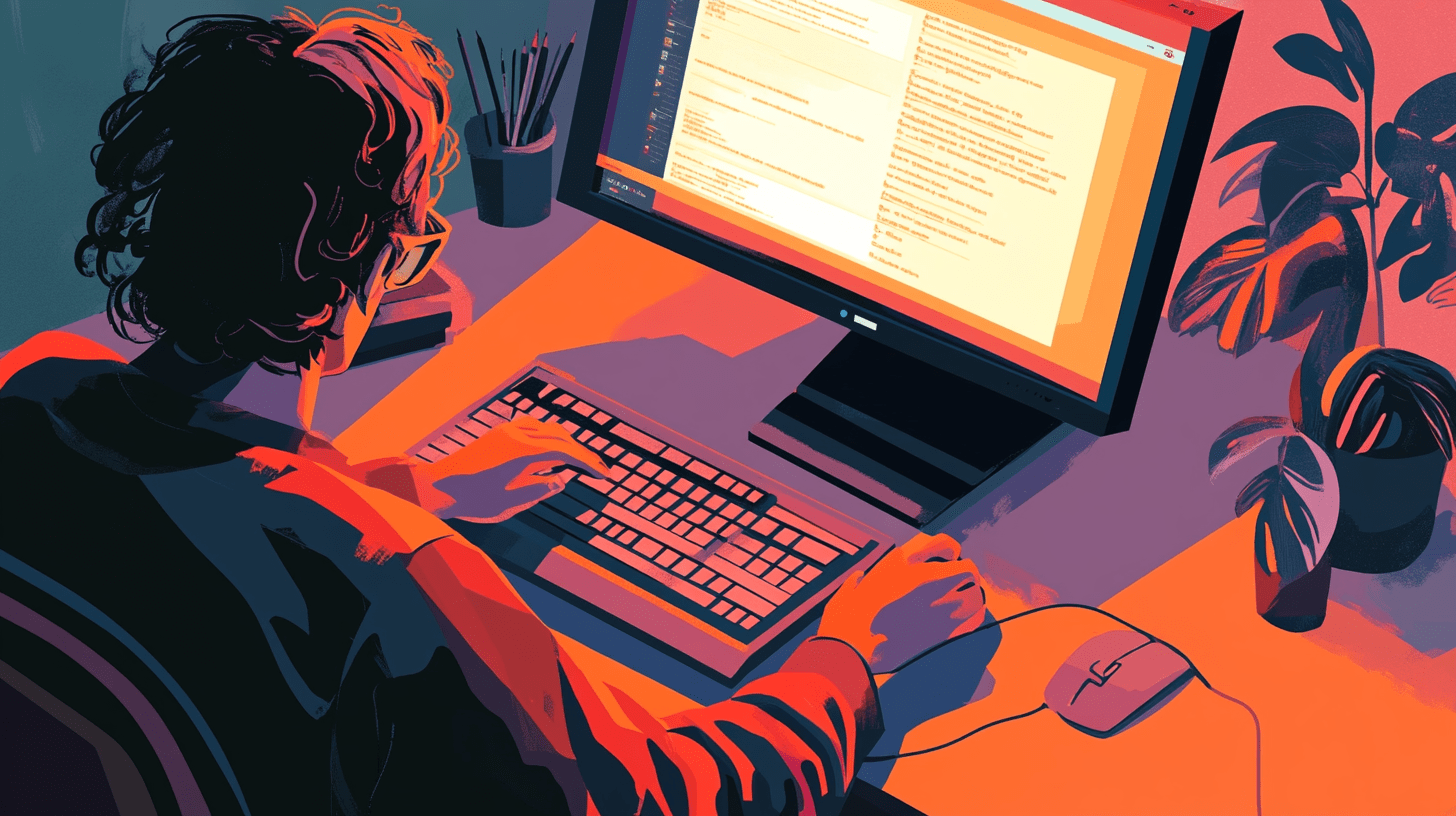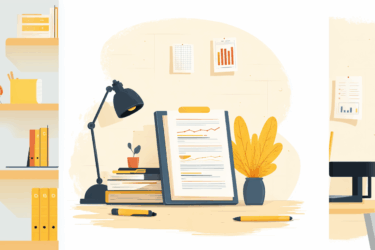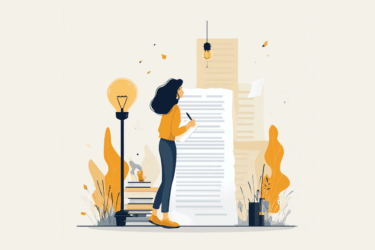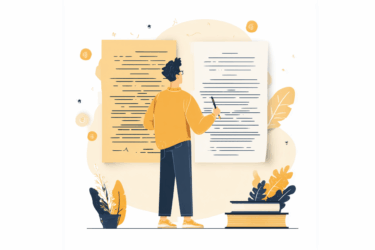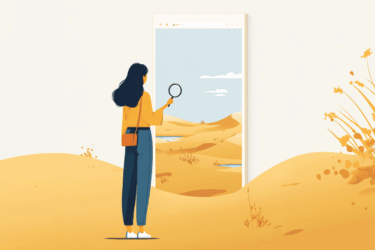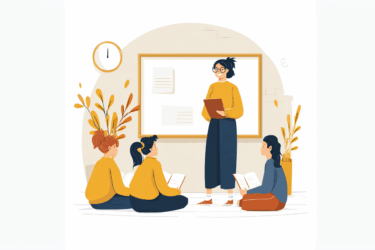Like any groundbreaking solution, facilitating numerous tasks, AI tools at the same time, have created new challenges. One of the vivid examples is the emergence of a completely new issue, which educators, students, writers, and editors should watch to avoid plagiarism problems. While nowadays specialists have implemented plagiarism checker online into their routines, being protected against common types of copying, AI chatbots have caused a completely novel kind of concern.
What is AI plagiarism
AI plagiarism is a form of plagiarism that emerges when the text has been generated by a chatbot. It happens, that when scanning AI-generated paper for plagiarism, the checker detects a high percentage of copied text.
The thing is that AI tools are incapable of creating content from scratch. They compile and generate texts and images based on the enormous amount of data they have been trained at, sometimes accidentally repeating certain pieces, which can be detected by a plagiarism scanner.
But is it even allowed to use AI technologies in education and at work? It depends. While it is obviously unethical and dishonest to generate essays and other writing tasks with AI, there are ecological and constructive ways to include new technologies into work and study routines.
Can AI generate original content? Technically AI-produced text can be recognized as an original, as the instruments evolve, and chatbots improve their ability to generate naturally-sounding and novel-seeming pieces. However, the texts still can not be considered truly original, as their content is based on someone’s work–remember, we said that AI has been trained on a vast amount of data? When the output does not attribute the sources, it makes any AI-generated content plagiarism by definition. Besides, AI-produced text is not always accurate, as it doesn’t fact-check the information it uses. Modern AI models provide links to the sources they used. However, it is crucial to stay attentive as chatbots still occasionally make mistakes and refer to made up or irrelevant resources.
So, does using AI content always entail plagiarism problems? Not necessarily. However, using AI-generated text is a form of academic cheating by itself. It is also not the best idea for content specialists, as search engines rank AI-produced content lower, impacting the website’s visibility. Hence, even if the plagiarism detector doesn’t recognize any problems, it is better to use AI as an advisor, but never as a text author.
How to check for AI writing
The best way to stay on the safe side is to check any content for traces of AI writing. This will highlight the potentially problematic parts and help to prevent AI misuse and plagiarism-caused consequences.
AI text detector is a tool that is trained to distinguish between AI-generated and human-written text based on the traits characteristic of machine and human writing. One of them is predictability, as AI tends to use the most likely applicable constructions, while human writing creativity is limitless. AI checking tool will never tell you with 100% certainty that the text was AI or human-produced, but can be used as a compass to eliminate concerns or, on the contrary, draw your attention to probable issues.
So, the simple steps to be on the safe side when you work with content are:
- Never use AI to produce the final text; implement chatbots for brainstorming and creativity boost, but write by yourself.
- Use a plagiarism checker to guarantee that your content is original and avoid AI plagiarism and accidental copying.
- Use an AI detector to ensure your text sounds natural, is recognized as authentic; and to avoid potential AI-caused plagiarism accusations.
- Always cite your sources, make an original contribution to the content you create, and fact-check and proofread the final result. If you use AI for getting information, you can cite it too!

PlagiarismCheck.org provides a comprehensive toolkit, from plagiarism and AI detection to Grammar checker and Citation generator. Choose your convenient format to check on the website, within LMS, on Google Docs, or browser extension, and join thousands of writers and educators who trust us!
